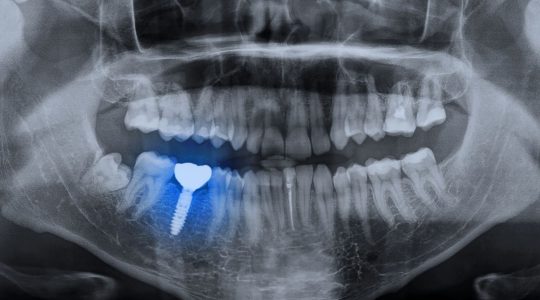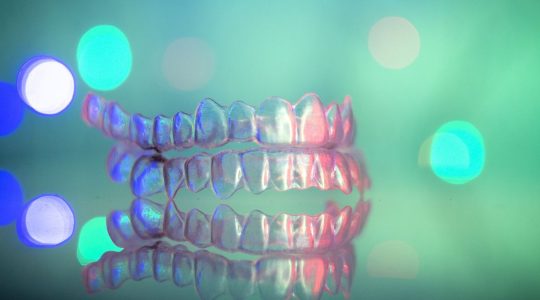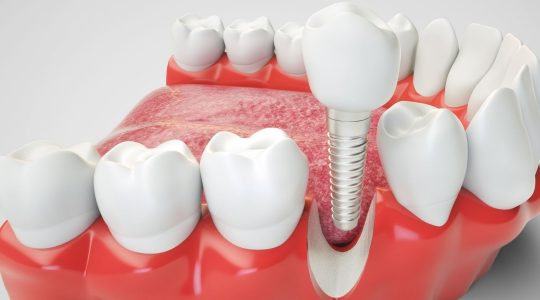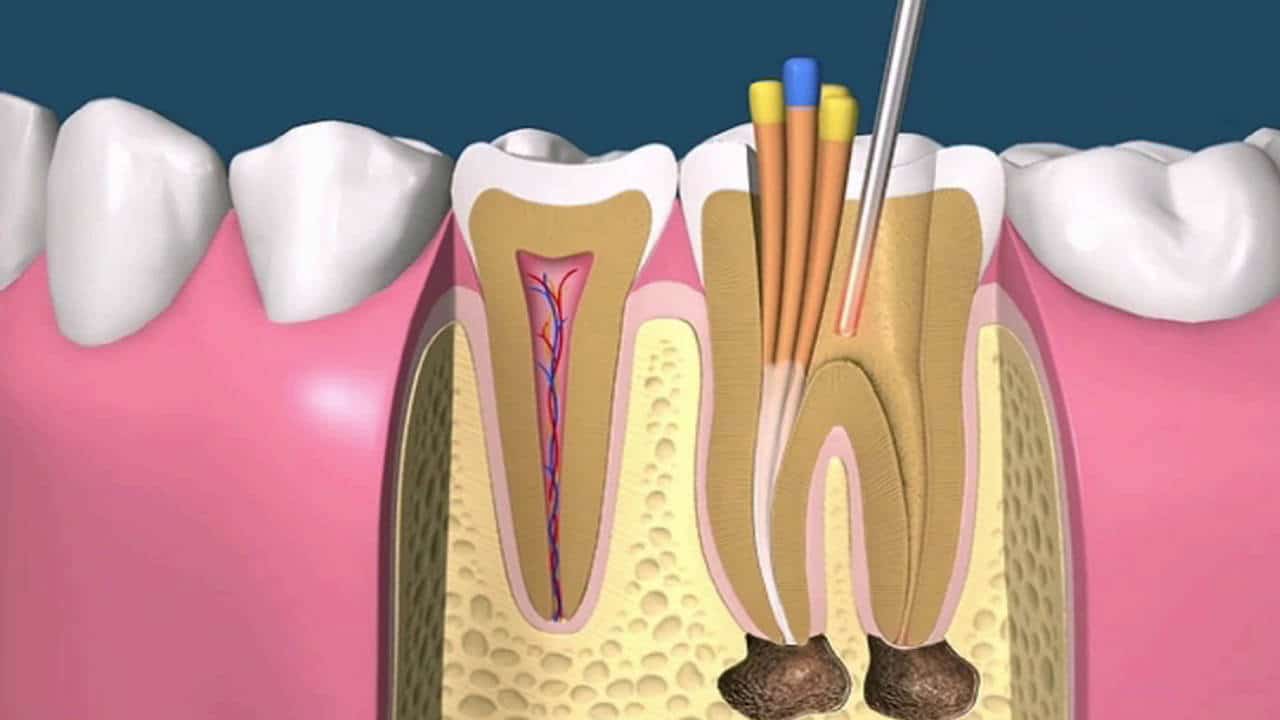What is Endodontics?
Endodontics consists of the removal of the dental pulp (nerve) from inside the tooth, when it becomes inflamed or infected.
This may be due to different causes: Deep cavities, trauma, fractures, previous dental treatments, etc
The treatment is carried out with special instruments called files and disinfectant liquids.
The inside of the tooth is then filled so that there are no empty spaces that allow infections.
It is a completely painless procedure, since it is performed with local anesthesia, or even without anesthesia, in some cases, when it is a chronic process.
Generally, endodontic treatment is performed in a single session, and there will be slight discomfort for two or three days afterwards. The discomfort normally disappears with painkillers.

Endodontics
Endodontic Treatments with latest technical advances.
● Dental microscope: It allows the visualization of areas of the tooth, impossible to see exclusively with the human eye.
The operating microscope has become essential to magnify and illuminate areas imperceptible to the naked eye, which is why the results and prognosis of Endodontic treatment are much better.
● Mechanical and rotary instrumentation: Allows better cleaning and shaping of the tooth canal.
● Digital radiology: It allows you to use much lower doses of radiation, as well as enlarge the image as much as you want.
● Electronic apex locator: Essential to accurately determine the length of the tooth roots.
● Dental tomography: It allows you to accurately reconstruct the dental anatomy and its possible alterations.
● Reendodontics: In those cases in which Endodontics fails, either due to inadequate prior technique, anatomical alterations, or germs not eliminated.
● Apical microsurgery: It is performed when previous Endodontics fails, and the only way to access the inside of the tooth is through the gum. Performing it using a microscope allows for minimal surgeries and considerably increases their success.
● Revascularization: In children's permanent teeth, when their formation has not finished. It allows the complete formation of the roots of these teeth.
How is a Endodontics performed?
This Treatment is performed with local anesthesia, which will not be painful. The tissue where the caries is located will be removed, then the nerve will be removed by cleaning very carefully and shaped to facilitate filling the canal and finally it will be sealed so that it is well closed.
Most common types of Endodontics
It must be taken into account that each mouth is different, therefore each mouth will have a different treatment. There are three types of Endodontics and they are the following:
● Single-root endodontics: It is usually performed on the anterior teeth since their main characteristic is that they only have one canal.
● Biradicular endodontics: This Endodontics is performed on teeth with more than one canal, that is, on premolars.
● Polyradicular endodontics: These Endodontics are performed particularly on the molars, since they have three or more nerves or roots.
Endodontic treatment is necessary when the dental pulp becomes inflamed or infected. This can occur for several reasons: deep cavities, trauma or fractures to the tooth and other pathological processes that may affect the tooth. If inflammation or infection of the pulp is not treated, intermittent or constant pain may occur, and sometimes phlegmon (with swelling of the oral mucosa gum) or fistula (with suppuration) may appear.
Signs of a damaged pulp include: pain, prolonged sensitivity to cold or heat, color changes, and swelling and discomfort in the gums around the tooth. Sometimes, there are no symptoms.
Endodontic treatment may also be recommended for teeth that require grinding for the subsequent placement of crowns or fixed bridges.
In most cases, pulp treatments can be performed in a single session. However, each patient will be evaluated independently and it will be decided, based on their situation, if any other measures are required.
After a therapy of this type, the treated and correctly restored tooth is no longer fragile. In cases of posterior teeth (premolars and molars), it may be advisable to protect the crown of the tooth (the visible part, which protrudes from the gum) through appropriate reconstructions, for greater durability.
First, the clinical and radiographic examination is performed. Local anesthesia is then administered. A rubber dam is then placed to keep the tooth isolated, clean, and out of contact with saliva during the procedure.
Next, an opening is made in the crown of the tooth to access the canals where the pulp is located. Instruments and a disinfectant irrigating solution are used to clean the pulp from the root canals. These are then filled with a biocompatible material, usually gutta-percha with a cement, to ensure a complete seal of the canals. To finish, a temporary or definitive restoration (“filling” or reconstruction of the opening made and the portion of the crown that may need it) is placed.
These treatments are painless, since today very effective and long-lasting local anesthetics are used.
During the first days after treatment you may notice sensitivity or discomfort in the tooth, due to postoperative inflammation of the tissues surrounding the tooth. In these cases, the type of medication appropriate to the patient's situation may be prescribed.
You should try not to chew or bite with the treated tooth until the definitive restoration of the tooth (“filling” or reconstruction) is performed.
It is essential not to delay excessively the restoration of the teeth after root canal treatment to avoid any complications or fractures.
It is important that you see your dentist periodically (at least an annual check-up) to avoid the appearance of cavities or other factors that could influence the prognosis of the treated tooth. Which will behave the same as the others both in its function and in its duration, requiring the same hygiene care, prevention and periodic check-ups as any other tooth.

Can a dental implant cause rejection?
Even the best dental implants can cause patient rejection. Do you want to know how and why this happens? We tell you.
Read More
Everything you need to know about Invisible Orthodontics
Today's technology makes it possible to achieve the smile you have always wanted without having to live with traditional and unattractive appliances.
Read More
Myths about Dental Implants
Nowadays it is possible to place dental implants even if we have very little bone, since there are regeneration techniques.
Read More



